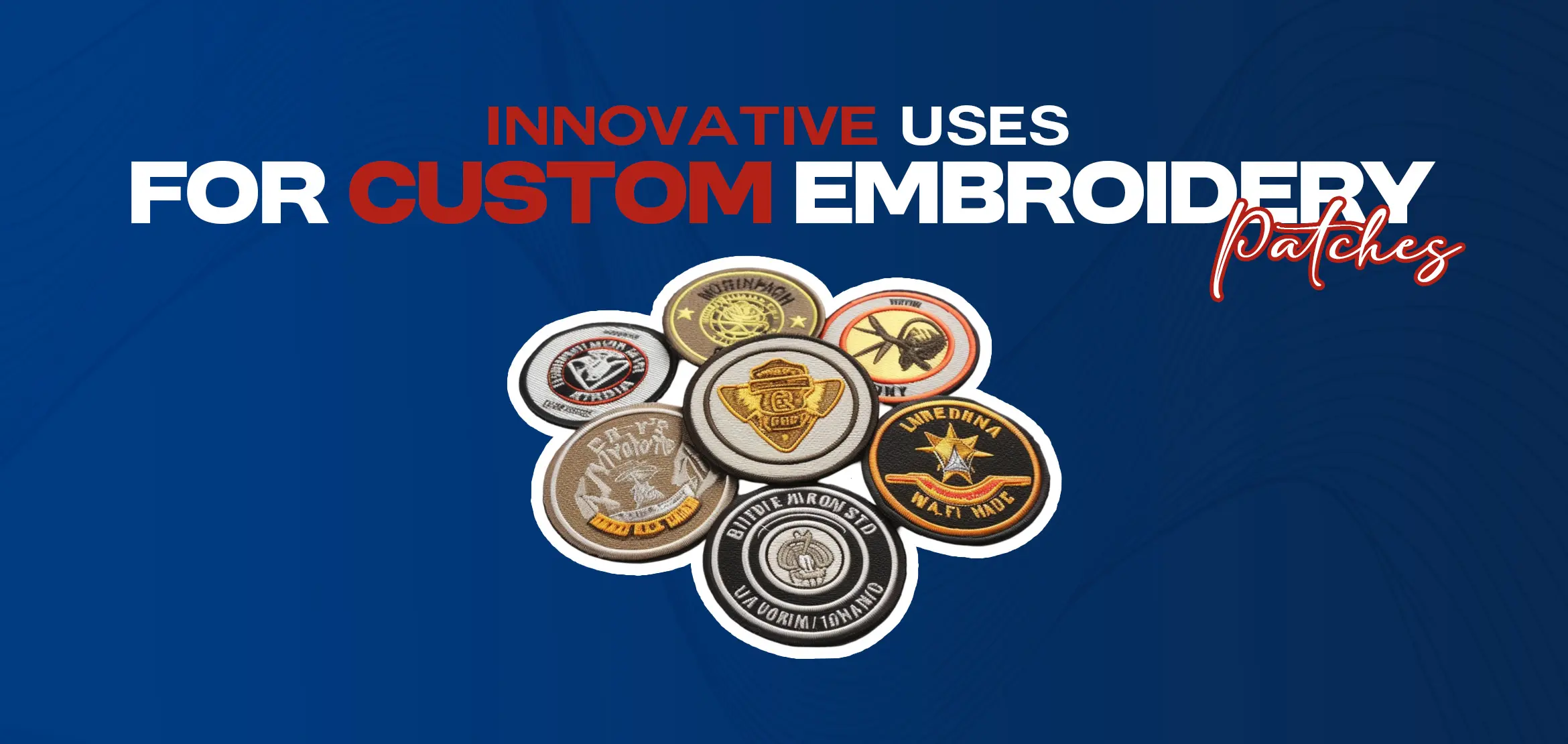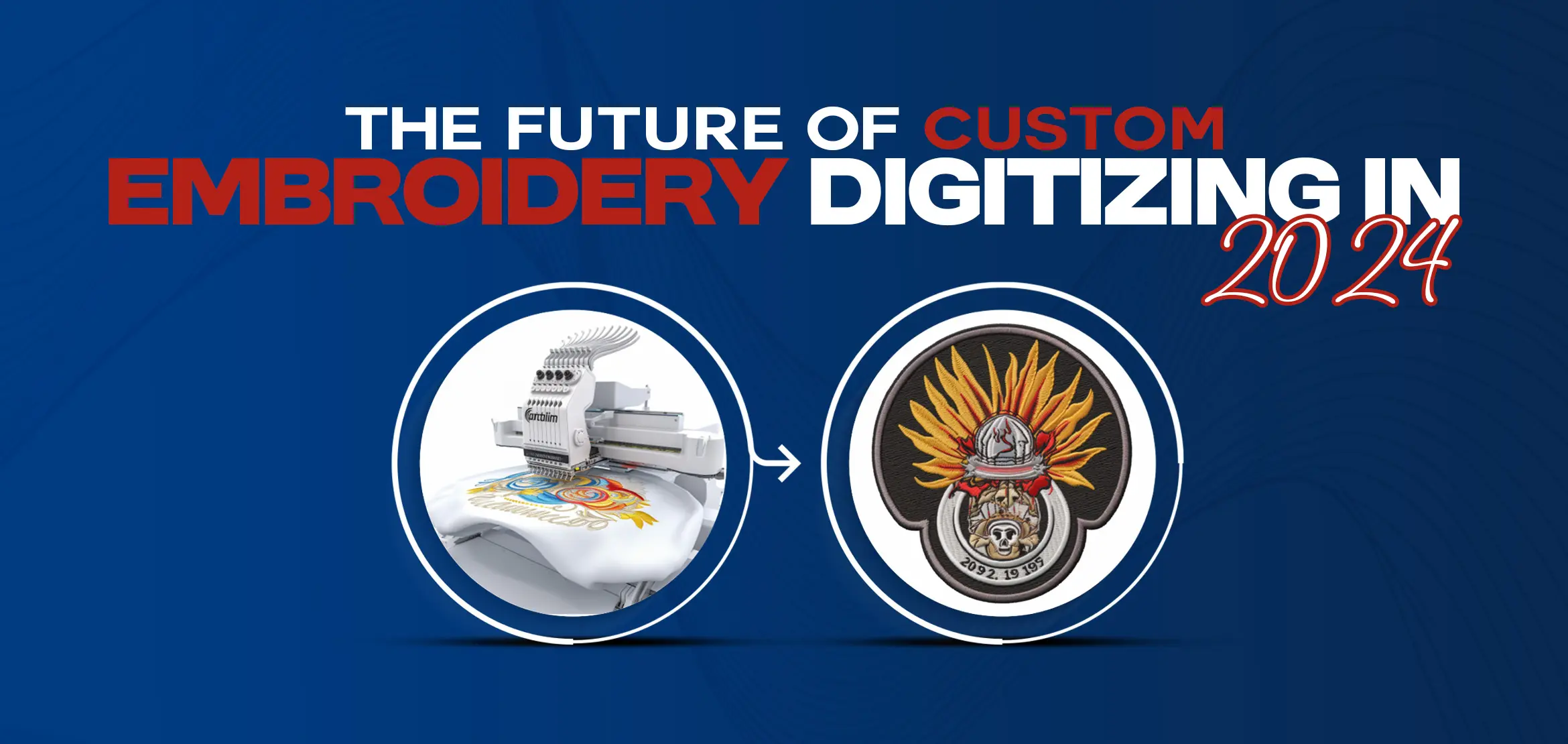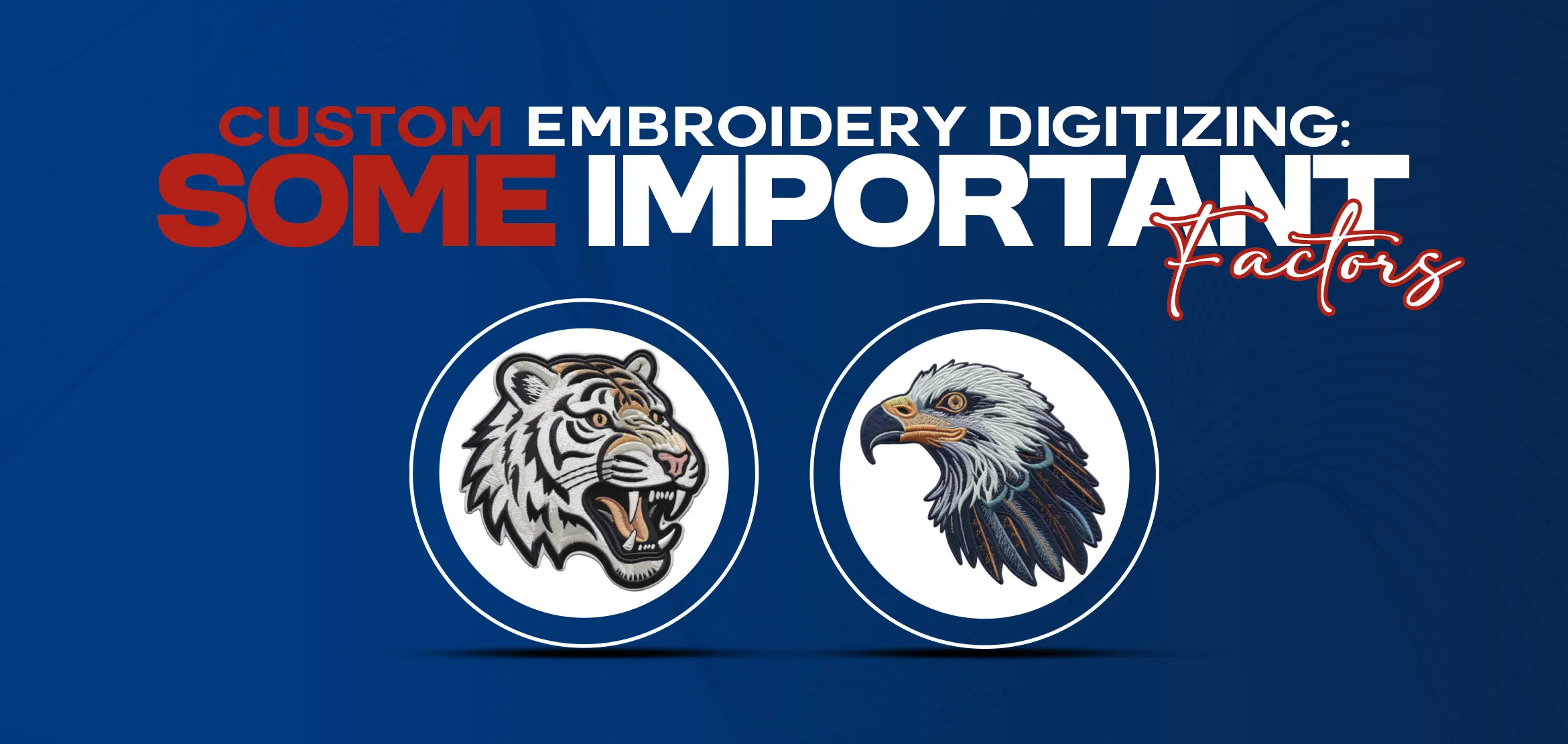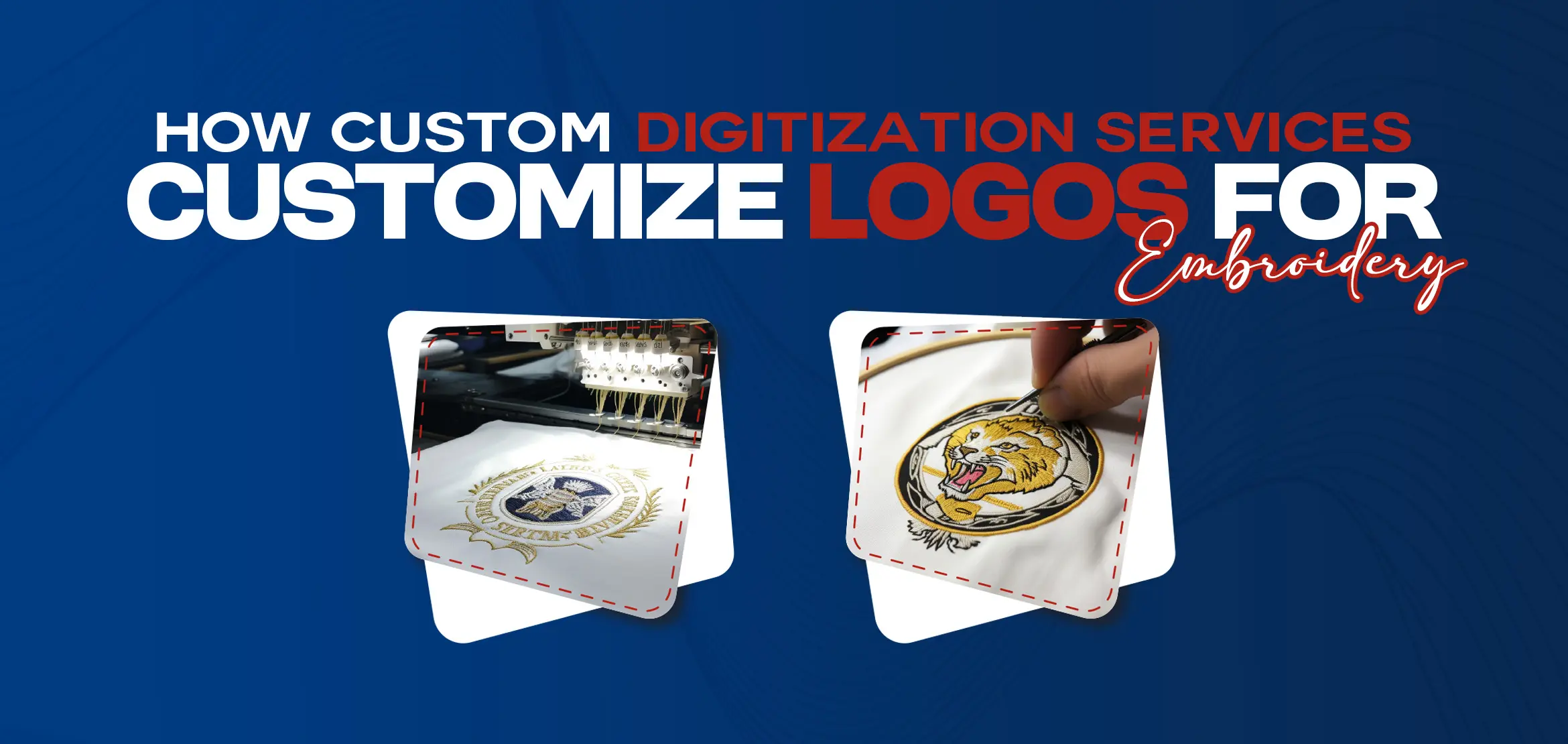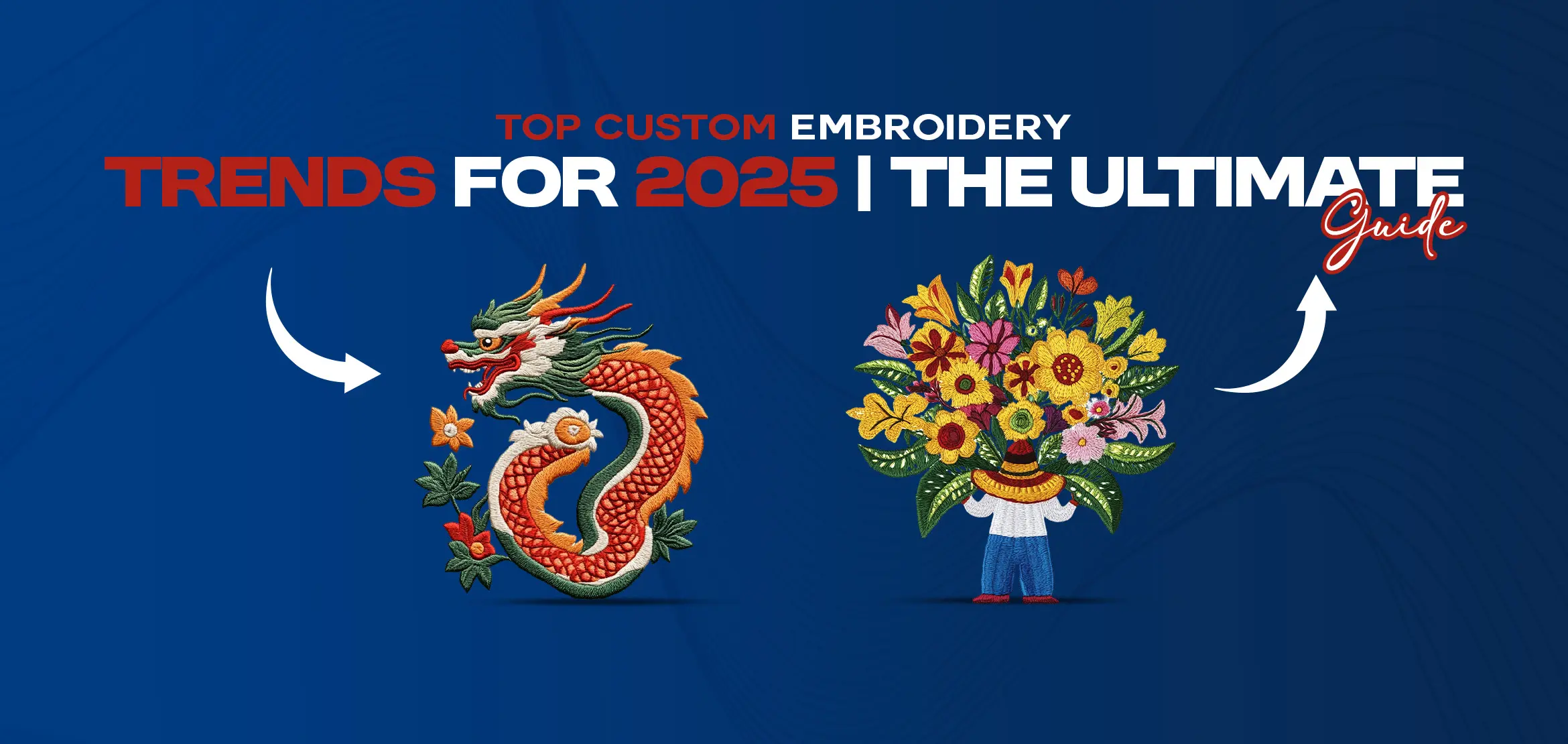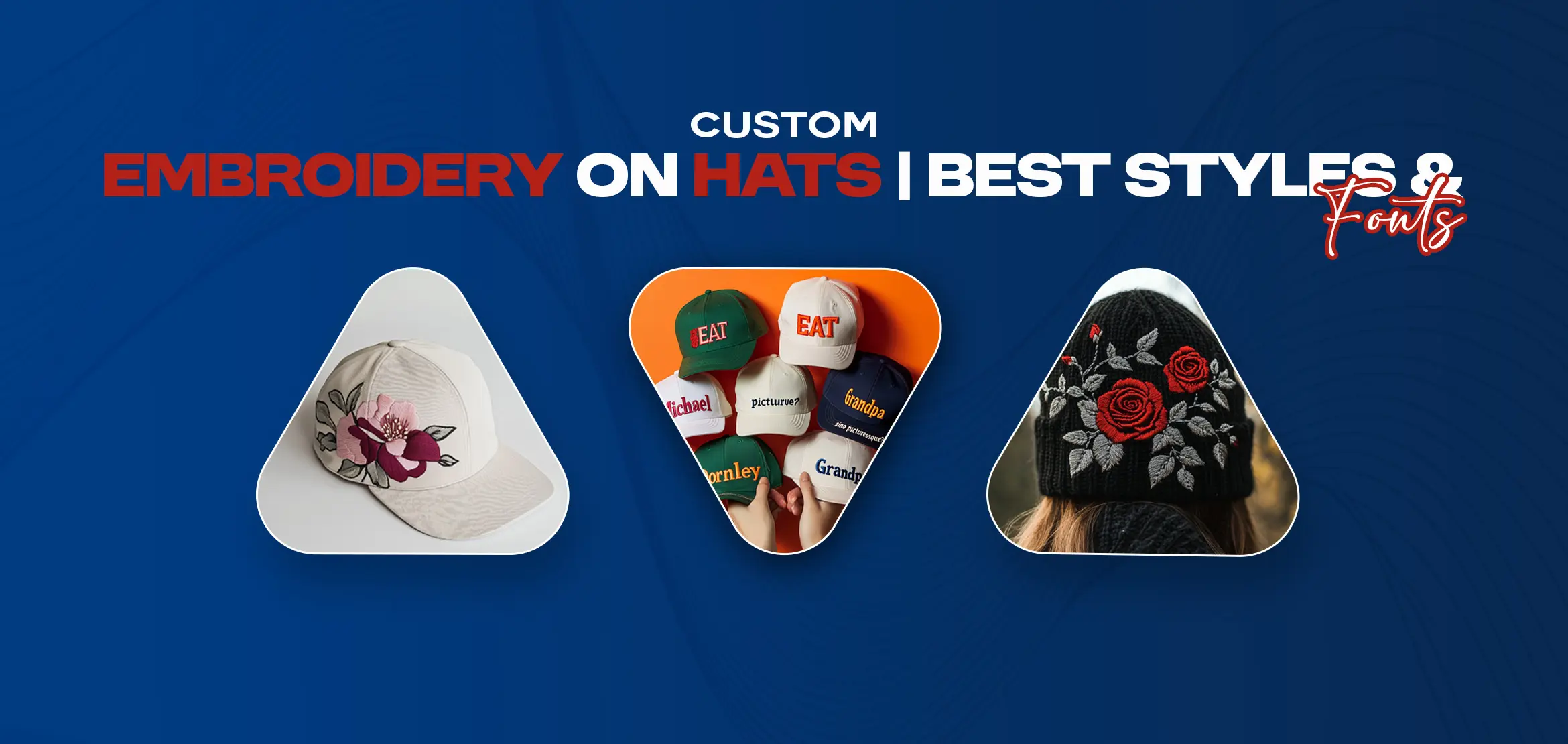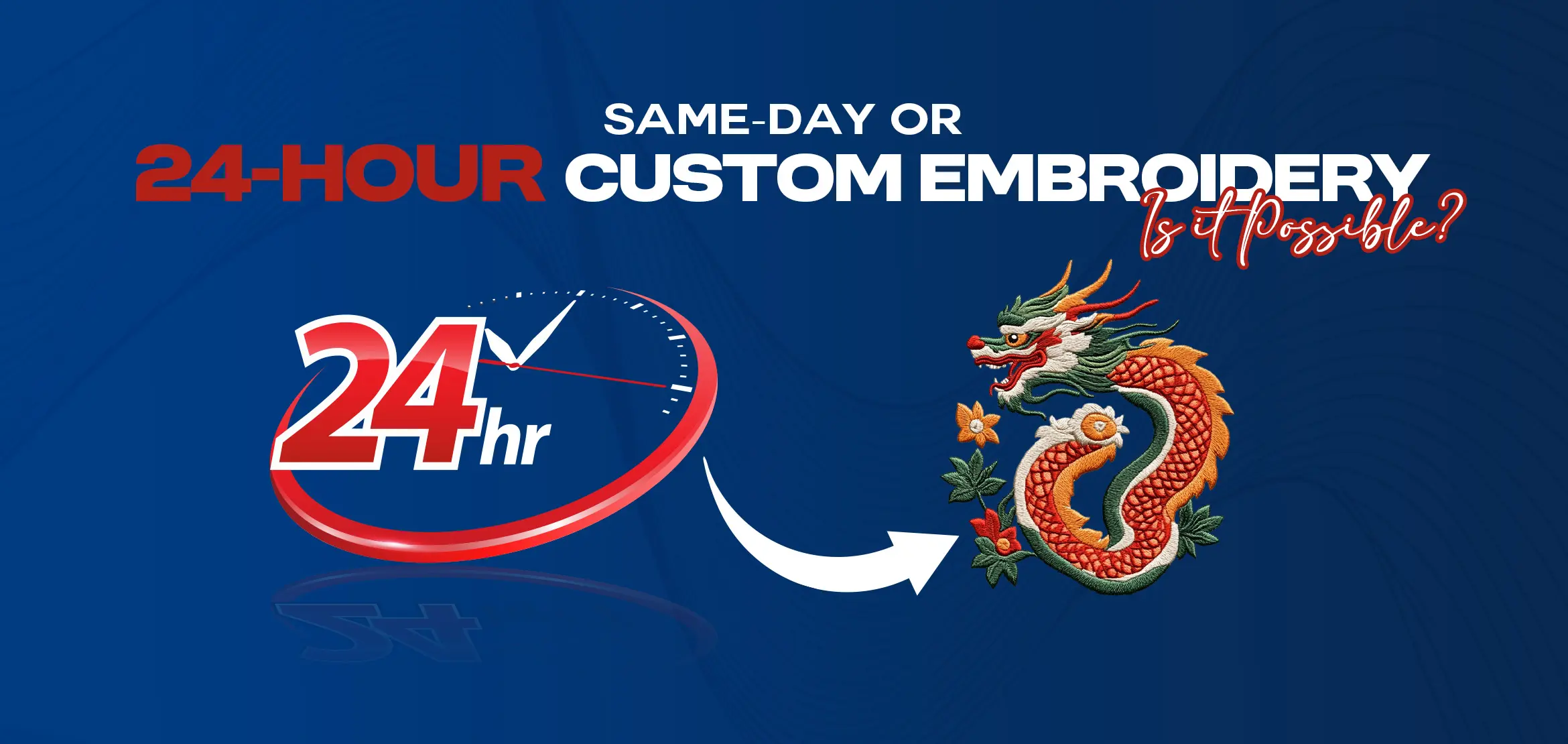
Digitizing for Specialty Fabrics: Velvet, Leather, and More
Hey embroidery buddies. Have you ever tried embroidery on something fancy like velvet or tough like leather? It’s a whole different world compared to regular cotton, right? These fabrics are super pretty but they can be a bit stubborn if you don’t get your custom embroidery digitizing right. If you’re working on a special order for a client or playing around with new materials for fun, this post is all about how to digitize fabrics like velvet, leather, and more. We are going to talk about what makes these fabrics so special, why they need extra care, and some simple tips to make your embroidery projects look amazing. So, let’s jump into the blog post.
Table Of Content
- What Are Specialty Fabrics in Embroidery Digitizing?
- Why Digitizing for Specialty Fabrics Requires a Unique Approach?
- Custom Embroidery Digitizing for Velvet
- Digitizing Embroidery for Leather Garments and Accessories
- Other Specialty Fabrics That Need Accurate Digitizing
- Choosing the Right Embroidery Machine Settings for Specialty Fabrics
- Mistakes to Avoid When Digitizing for Specialty Fabrics
- Why Choose Professionals for Custom Embroidery Digitizing on Specialty Fabrics?
- Conclusion
What Are Specialty Fabrics in Embroidery Digitizing?
Alright, let's start with the meaning of specialty fabrics. Basically, these are special fabrics that are not made from common materials like cotton or polyester. Try soft velvet, tough leather, elastic knits, or even very soft silks. They don't always work well with your embroidery machine, and each one has a unique texture and thickness. Because of this, digitizing unique embroidery for such fabrics is like unlocking an important secret.
Let's try to understand it with an example: Velvet is soft and fluffy, but if you don't plan it correctly, the fuzz might cover up your stitching. On the other hand, leather is difficult and does not allow for correction of mistakes. The hole will be there permanently if you stitch in the incorrect place. Then there are fabrics with different problems, like denim or organza. Basically, you're making instructions for your machine when you digitize, telling it what kind and how many stitches to use to make sure your design looks stunning.
Why Digitizing for Specialty Fabrics Requires a Unique Approach?
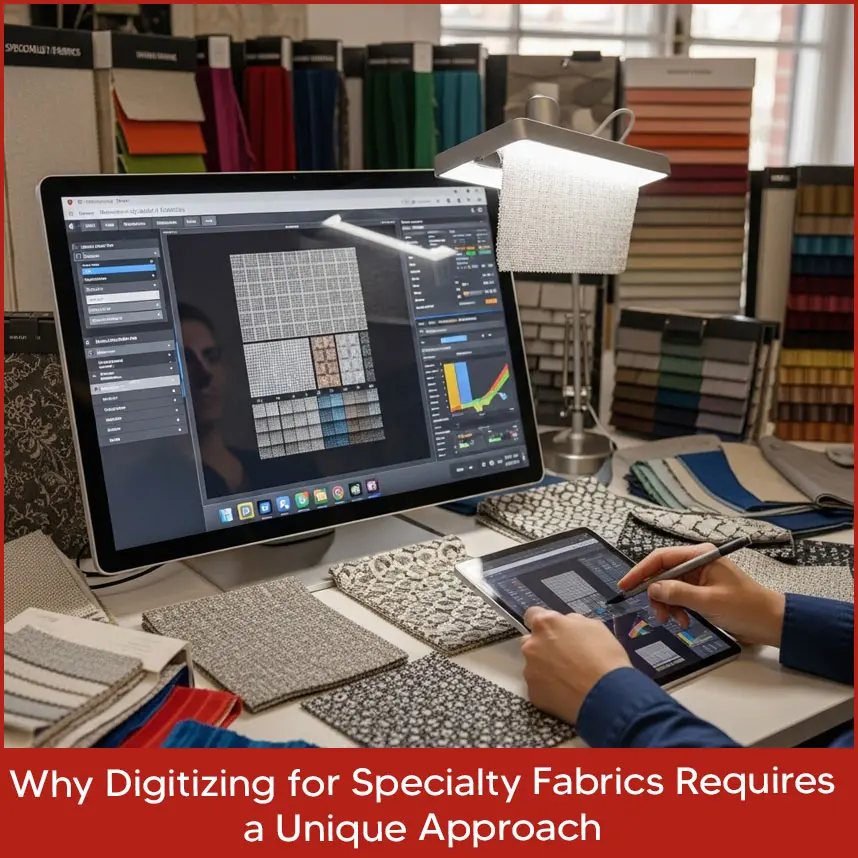
You might be wondering, “Can’t I just use the same settings for everything?” the answer is No, not really! Every specialty fabric has a different quality. If you try to digitize for velvet like you would for canvas, you’re going to create problems. Here’s why specialty fabric embroidery needs its own game plan:
Texture: Velvet’s softness can cover up stitches, while leather’s thickness means you need fewer stitches to avoid ruining it.
Strength: If the design is too heavy, soft fabrics like organza can be ruined, and too many stitches could break leather.
Looks: A design seems bold and clear on leather, yet soft and lovely on velvet.
You can change the stitch length, density, and underlay to make your embroidery blend in with the fabric's attractive style, rather than stand out from it.
Custom Embroidery Digitizing for Velvet

Let’s kick things off with embroidery on velvet. Although velvet is a stunning fabric, it requires extra attention and care. Its soft, smooth surface is beautiful, but it can make your stitches vanish if you don’t digitize right. Here’s how to make your custom embroidery digitizing pop on velvet:
Smooth Surface: Start with a light underlay stitch, sometimes called a knockdown stitch. It flattens the velvet’s pile so your design has a smooth spot to shine.
Keep It Light: Velvet doesn’t like many stitches. Use a low stitch density, around 0.4 to 0.5 mm, to keep that soft feel and make sure stitches stay visible instead of getting lost in the fabric.
Choose Pick and Bold Design: Small details get lost in velvet’s fluff. Pick simple, bold designs with satin or fill stitches to stand out.
Stabilize Smart: A medium-weight cutaway stabilizer keeps velvet steady without making it bulky.
Please note: Try your design on a scrap of velvet first. It’s way better to catch mistakes early than to ruin a beautiful piece of fabric.
Digitizing Embroidery for Leather Garments and Accessories

Now, embroidery digitizing for leather is a different kind of challenge. Leather is durable and it does not stretch. Every needle mark is permanent. It is very important to do it correctly, no matter if you're putting a name on a wallet or a brand on an apparel item. Here is how:
Keep It Simple: Too many stitches can mess up leather. Stick to clean, basic designs with satin stitches or light fills to keep it strong.
Use Long Stitches: Go for stitches about 3 to 4 mm long. This cuts down on holes, which helps keep the leather from tearing.
Pick a Sturdy Needle: Here’s something fun. I saw that leather embroidery is really popular, with a 15% jump in folks wanting custom stuff like bags and belts. So, getting good at embroidery digitizing for leather could make your projects extra cool.
Other Specialty Fabrics That Need Accurate Digitizing
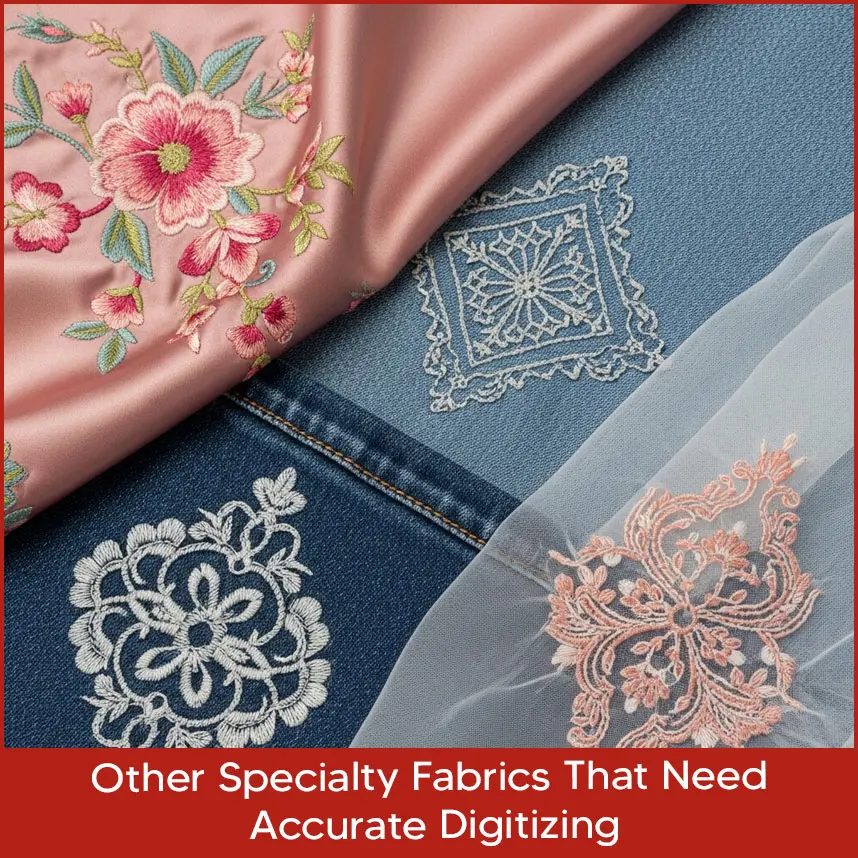
Velvet and leather aren’t the only fabrics that need special attention. Here are a few others you might run into and how to deal with them:
Silk: This super delicate fabric needs really light stitches to avoid wrinkling. Use a low-density fill and a fine needle, like a 70/10.
Knits: Stretchy knits need a flexible underlay and a stabilizer like no-show mesh to keep from stretching all over the place.
Denim: This tough fabric can handle more stitches but needs a strong needle, like a 100/16, so it doesn’t break.
Organza: Thin and light, organza likes minimal stitches and a water-soluble stabilizer to stay nice and sharp.
Every fabric’s got its own thing going on, so always test your design on a scrap piece to make sure it works with your machine.
Choosing the Right Embroidery Machine Settings for Specialty Fabrics

You have got to help it out with the right settings for specialty fabrics. Here’s how to set it up for specialty fabric embroidery:
Needles: Choose a needle that is general for knits, sharp for leather, and good for silk.
Threads: Metallic threads can give velvet or leather a stylish look, but polyester or rayon threads work well for a wide range of fabrics.
Tension: Modify the tension to prevent puckering or loosening stitches. Velvet prefers it loose; leather prefers it tighter.
To avoid stretching or damaging the fabric, choose a hoop that is fit but not too tight.
Mistakes to Avoid When Digitizing for Specialty Fabrics
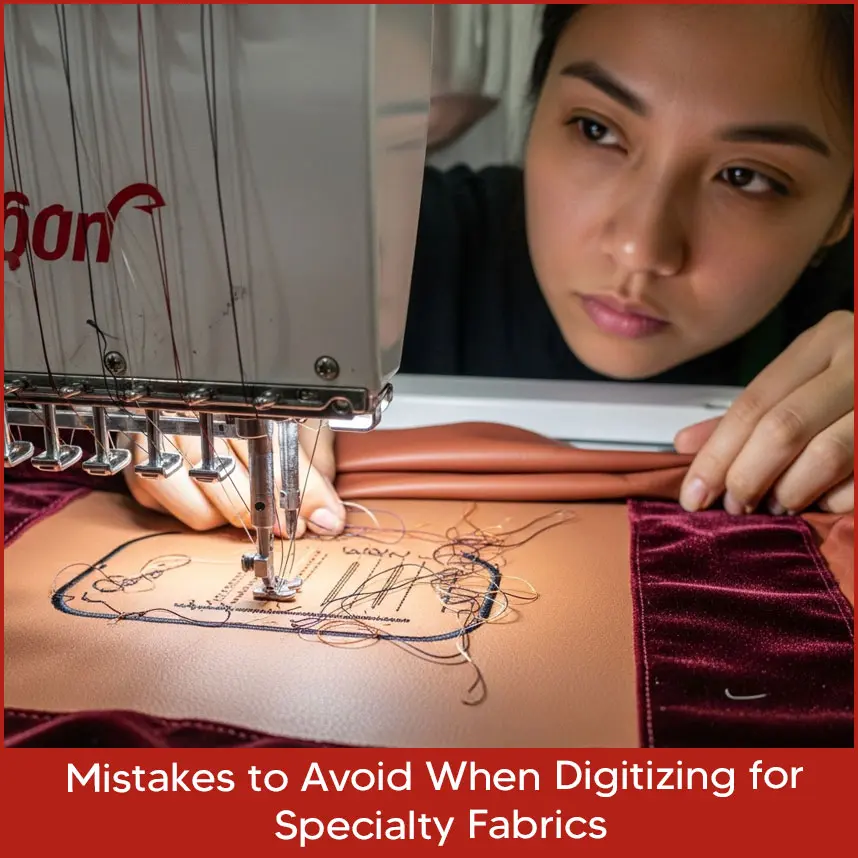
Everybody makes mistakes, but avoiding them can save you a ton of hassle:
Too Many Stitches: Stitches that are piled on might damage velvet or leather. Keep designs simple and light.
Skipping Tests: Always try your design on a scrap piece first. It’s a small step that stops big problems.
Wrong Stabilizer: Without the right backing, your embroidery can wrinkle or be ruined. Match it to the fabric’s weight and stretch.
Using Default Settings: Standard settings don’t work for specialty fabrics. Change stitch density, underlay, and pull compensation for each one.
Why Choose Professionals for Custom Embroidery Digitizing on Specialty Fabrics?
If this all sounds like a lot, don’t worry, you don’t have to do it all on your own. Contact Digitizing USA for custom embroidery digitizing, which can make things super easy, especially for tricky fabrics. Here’s why it’s a good idea:
We Know What To Do: We at Digitizing USA know how to tweak stitches, density, and underlay for each fabric, so you don’t have to guess.
Saves Time: Digitizing for specialty fabrics takes time but we can get you a great file fast, so you can focus on embroidery design.
Looks Awesome: We use advanced software to make designs that look great and hold up on tough fabrics.
Conclusion
Making your embroidered projects unique by sewing on high-quality fabrics like velvet, leather, and more is enjoyable, but you must do the custom embroidery digitizing correctly. You may create designs that look stunning by understanding the requirements for each fabric, setting up your machine, and avoiding mistakes. Whether you’re just having fun or running a business, learning specialty fabric embroidery opens up all kinds of cool ideas. And if you want perfect results without the headache, Digitizing USA helps you to make your designs come to life.


